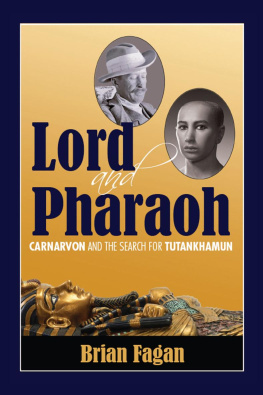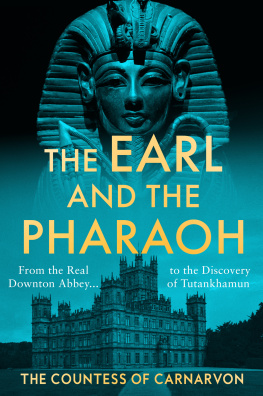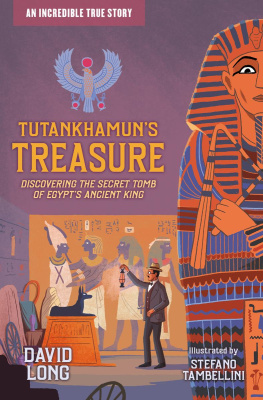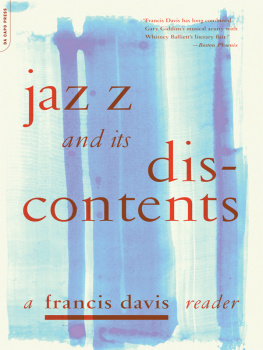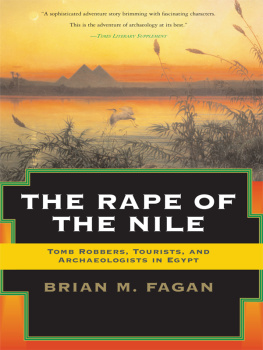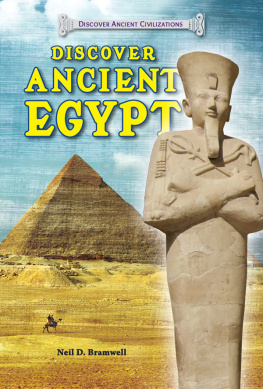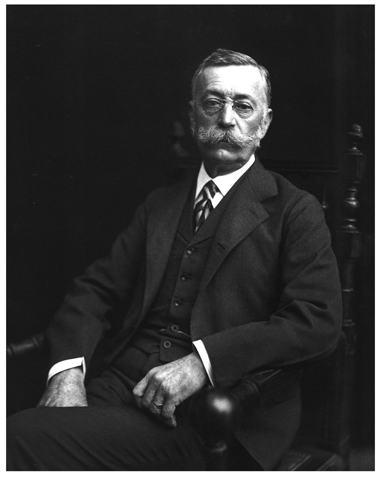

The author and publisher have provided this e-book to you for your personal use only. You may not make this e-book publicly available in any way. Copyright infringement is against the law. If you believe the copy of this e-book you are reading infringes on the authors copyright, please notify the publisher at: us.macmillanusa.com/piracy.
For Nancy
Acknowledgments
The life of Theodore Davis is the story of two distinct and widely separated histories: that of Gilded Age robber barons and of Egyptology. To piece together the tale, I have been extremely fortunate to draw upon the work, assistance, and friendship of scholars in both fields, without whose help the book would have been impossible to produce.
Gratitude beyond measure is due to Aidan Dodson, who plowed through the early drafts and kept me from making a number of embarrassing errors regarding Egyptian archaeology. Dennis Forbes, editor of Kmt: A Modern Journal of Ancient Egypt, was of constant and unflagging assistance in clarifying historical fine points, introducing me to other experts, and producing illustrations. Arwen Bicknell spent endless hours refining my work and transforming a monstrous prose outline into a readable text. My agent, Jessica Papin, was wonderfully patient and gentle in revealing to me the realities of the publishing business. My editor at St. Martins Press, Daniela Rapp, has been of inestimable help in transforming the manuscript into a successful narrative. Frances Sayers edited the final version to perfection.
Since no collection of Daviss papers has survived, I am deeply indebted to the libraries, archives, and private collections I have been able to draw upon. Special thanks are due to Susan Allen, Marsha Hill, and Dorothea Arnold at the Metropolitan Museum of Art for access to Emma Andrewss journal; to CEO Christopher Lee of the Columbus Chapel and Boal Mansion Museum in Boalsburg, Pennsylvania, for permission to consult the Boal family archives; to Lady Eileen Baker Strathnaver, Alice Newberry Hall, and Mary Newberry Matthews for offering the letters of Ellen Mary Newberry; and to the Keweenaw Land Association for their unpublished company history.
The staffs at the many institutions I have used have been unfailingly helpful. An incomplete list must include: James P. Quigel Jr., at the Historical Collections and Labor Archives at the Pennsylvania State University; the Ohio Historical Society; the New York State Historical Association; the public libraries in Bridgewater, New York, Worthington, Ohio, Iowa City, Iowa, and Pepperell, Massachusetts; the Special Collections Unit at the University of Rhode Island Library; the Redwood Library in Newport, Rhode Island; the Newport Historical Society; the Burke Library of Union Theological Seminary at Columbia University; the State Historical Society of Iowa; the University of Illinois at Champaign-Urbana; and especially the interlibrary loan department at the Orange County Public Library in California. For illustrations, thanks are due to the New-York Historical Society, the Semitic Museum at Harvard University, the City of Birmingham Library and Archives (UK), the Metropolitan Museum, and the Boal Mansion Museum.
Personal assistance at various vexing moments in the project has been graciously given by Dan Gordon, who blazed the trail; Nancy Pritchard, historian for Westmoreland, New York; Dennis OConnor, for background on Joseph Lindon Smith; John Larson, archivist at the University of Chicagos Oriental Institute; Rush Clark and Rosemary Clark for information on their family; and Janice Kamrin, Geoffrey Martin, John Romer, Betsy Bryan, Don Ryan, Otto Schaden, and Nicholas Reeves. Any remaining mistakes or inaccuracies are wholly my own.
Personal thanks are due to Darrell Baker and David Moyer for books and encouragement; to Debb and Leon Green for Iowa City hospitality; to Tom and Joyce Coultas for the use of their barn; to Mike Hurrelbrink for IT support; and to Aby, Crombie, Desh, and Kem for company.
Finally and forever, my endless gratitude and love to Nancy Ileen, the light of my life, solver of all problems, and repairer of all things broken. She shared her home with Theodore Davis for more than half a decade, and I fear on occasion he was a somewhat inconvenient guest.
A Note on Names
Since the written ancient Egyptian language did not include vowels, translation of names into English has always been varied and a bit arbitrary. As a result Thuyu, Tuya, Tjuya, Tjuiu, Thuaa, and Touiou are all the same person. I have chosen to use the generally accepted current transliterations, per Bakers Encyclopedia of the Egyptian Pharaohs, observing the dominant conventions such as Thutmose (the U.S. name for the kings) instead of Tuthmosis (the usual British choice). In quoted passages I preserve the original authors spellings to provide a sense of their times, and believe most are similar enough to avoid confusion.
Contents
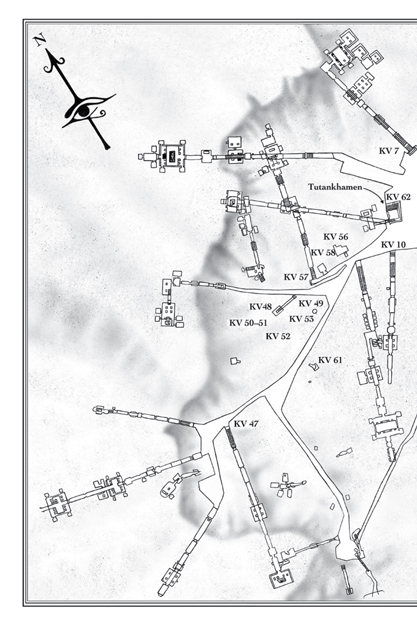
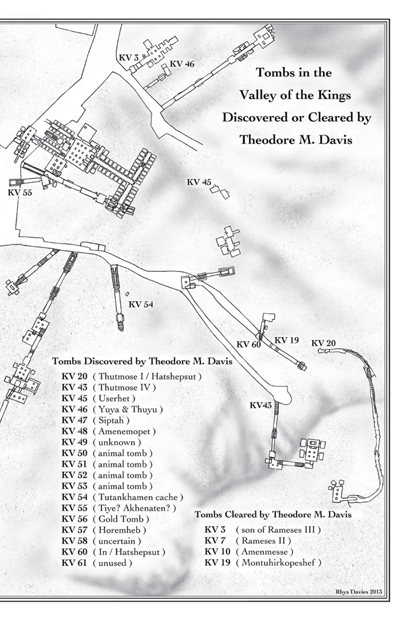
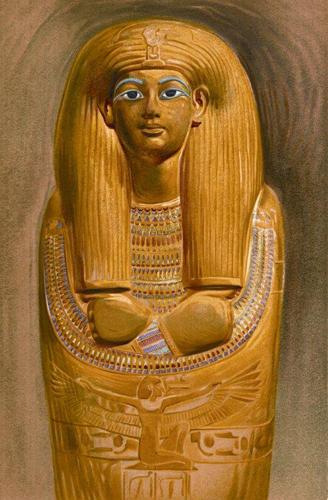
Outer Coffin of Touiyou, painted by Howard Carter in the Salle Theodore M. Davis of the Egyptian Museum (Summer 1906). From Davis, The Tomb of Iouiya and Touiyou .
One
THUYUS GOLDEN COFFIN
A blockbuster exhibition of ancient art left Egypt and started touring the world in 2004. It stayed on the road for the next decade and was visited by ten million people on four continents. The largest golden object in the show was a massive mummy case seven feet long, two feet wide, and forty inches high. The refined, elegantly sculpted face was broad, with a wide nose, a dainty chin, and eyes of obsidian and calcite set in blue glass; it gazed serenely into eternity, a slight smile hovering on its lips. It was sheathed from head to toe in gleaming, beaten reddish gold. The overwhelming size and ostentation made the coffin, if not the most subtle or exquisite piece in the show, perhaps the most imposing.
The coffin was made in the royal workshops for a woman named Thuyu who likely bore no resemblance whatever to the face on the cover. Thuyu was perhaps a commoner, perhaps petty nobility. She was a priestess of the god Amen and moved into the palace when her daughter became the Great Royal Wife of the pharaoh known as Amenhotep the Magnificent during Egypts Eighteenth Dynasty. As a special favor, Thuyu and her husband were given a tomb in the highly exclusive Valley of the Kings. One day around 1370 B.C. Thuyu was placed in the coffin and the coffin was sealed in her tomb. It sat in silence and unremitting darkness for almost 3,300 years.
* * *
The two well-dressed men riding donkeys through the afternoon shadows in the Valley of the Kings on February 12, 1905, might have been touristsan old man and his grandson on a world tour, perhaps, visiting Egypt between stops in Naples and Constantinople. A cold southern wind sent clouds of sand flying around them. The sturdy little animals they rode (the older man using his handmade English saddle) were available for hire by the day or month, but the two were not sightseers; their donkeys had been rented for the digging season because the men were tomb hunters, returning to work after lunch. Both were excited, although their demeanors remained properly restrained and only the constant cigarette puffing by the older man gave away his anxious anticipation.


